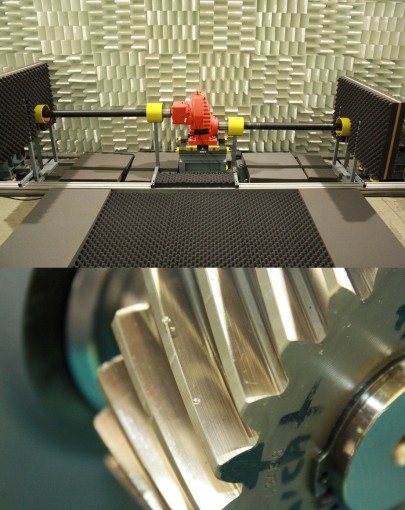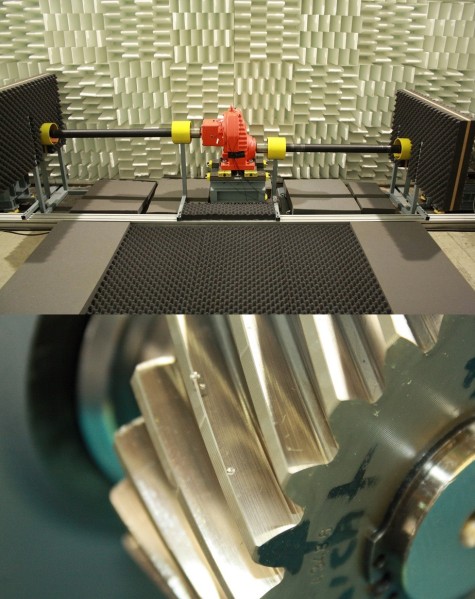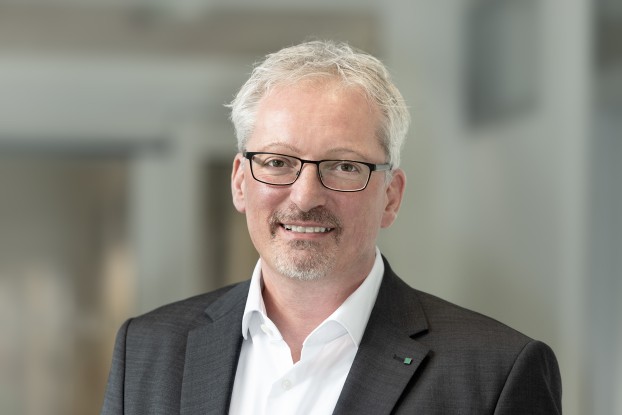Development of psychoacoustic analysis of airborne and transmission to structure-borne sound signals in drive technology
Funded by the FVA, this project aimed to correctly capture the psychoacoustics of gears in order to determine their level of annoyance. It was carried out together with the Institute of Psychology (AG Angewandte Kognitionspsychologie, Prof. Dr. Wolfgang Ellermeier). As a result, a guideline for the evaluation of gear noise annoyance is designed from the known metrics (volume, severity, etc.) as well as additional attributes. Furthermore, an analysis was made on how serial variance, grinding error, or damage influence psychoacoustic perception.
Psychoacoustic measurements usually are airborne sound measurements. In order to reduce the measurement cost of psychoacoustic measurements, the applicability of designed evaluation methods for airborne sound measurements was also checked for structure-borne sound data. This transfer was reviewed using of auditory experiments and the software, ArtemiS. Within the project, it was proven that this transfer is possible.
As a result of the project, the guidelines for dealing with structure-borne sound data in psychoacoustics were set up and published.
Through the work of two cooperating research institutions, it was possible to work on different work packages simultaneously. While the Research Group SzM was working on the planning and construction of the test stand, the first results were, therefore, able to be obtained by the Institute of Psychology from data that was provided by FVA member companies.
At the research group SzM, a gear test stand (GAP) was built for the analysis of gear noise. This test stand can capture the gear noise of various load points in a transmission. In the process, possible sources of disturbance, like noise from the bearing or surroundings, are minimized through an uncertainty analysis. The gear test stand is still available for the Research Group SzM to use for measuring, even after the conclusion of the project. See our contribution to this in the field research profile.




